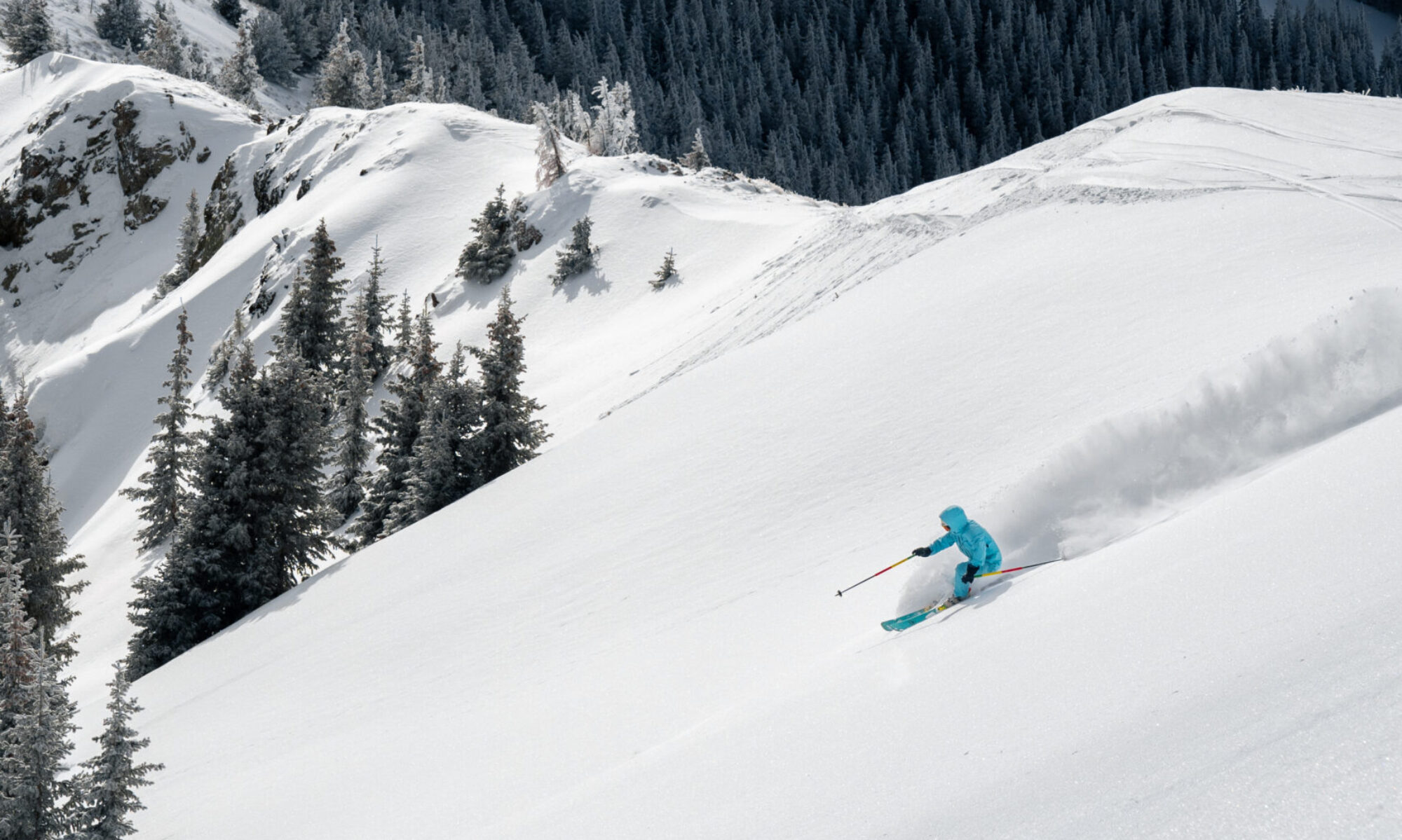A fascinating slice of visual history from the Taos County photo archive
By Rick Romancito
Community has from the beginning been the driving force when it came to settling the region known as Taos Valley. With the Pueblo Peak and a southern spur of the Rocky Mountains holding forth over the occasional hustle and bustle, punctuated by an unmatched serenity, Taos has become a natural gathering place for creatives, adventurers, outlaws, farmers, ranchers and even celebrities from time to time.
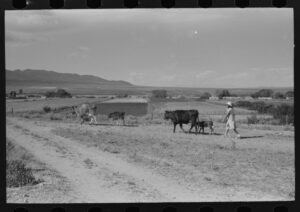
Other than the artists and photographers who began to create a visual document of this area in the late 1800s, Taos existed in the imagination and the memories of the people who lived here from time immemorial, to those who came to colonize in the name of crown and church, and eventually those sought to share this sublime energy with visitors.
Separate from Taos Pueblo, which is an historic Native settlement designated a UNESCO World Heritage Site and continuously occupied for nearly a century, the town of Fernando de Taos was settled by Spanish colonists in 1616.
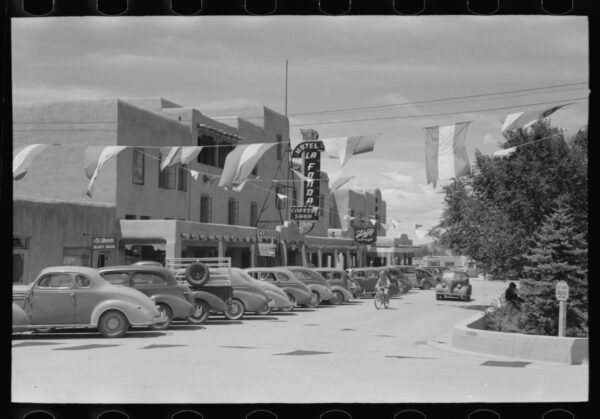
According to historical records, the Plaza “dates to the late 18th century when the Don Fernando de Taos Land Grant was ceded to Spanish settlers from the Taos Pueblo in 1796 by Don Fernando de Chacón, Governor of New Mexico. It and the Taos Pueblo were the terminal points of the Camino Real de Tierra Adentro, or King’s Highway, from Mexico City.”
Once established, the Plaza area became a center of activity for the growing community. In the beginning, it was also a place of protection with walls erected around the Plaza perimeter to guard against occasional bands of raiding Comanches. Arranged as a town square with shops, hotels and cantinas encircling an open park, historic photos show a blend of cultures and traditions that took root as Taos became populated by a wide variety of people over the years.
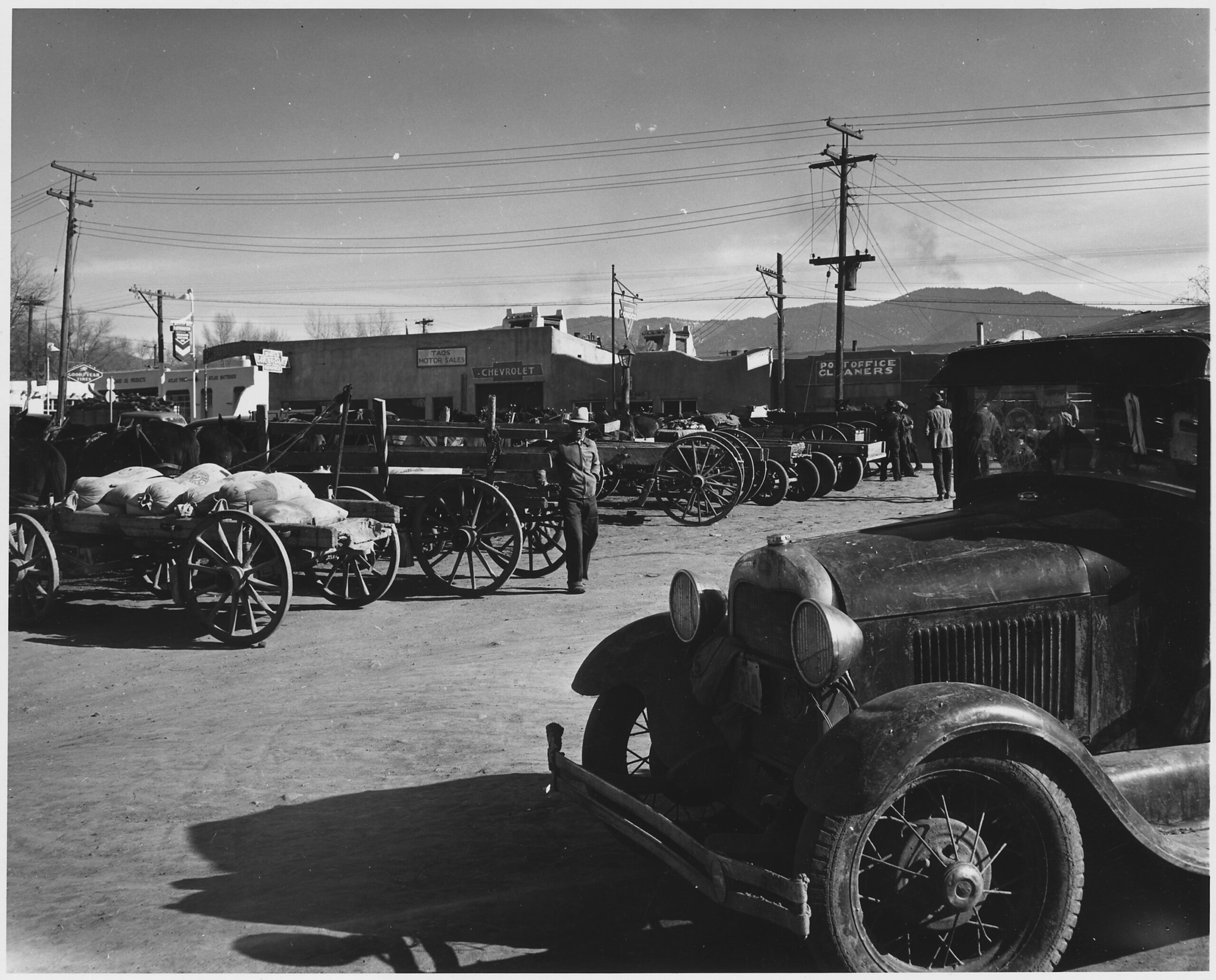
Among the photos in the Taos County Photographic Collection are many depicting fiestas on Taos Plaza. Most of these celebrations have been rooted in the Catholic Church observations of various feast days. One photo in particular, featuring several men and boys dressed in vests, shirts and ties, depicts a sign on the northeast corner of the Plaza listing the various “Fiestas for 1940.” Listed are Santa Cruz Day on May 3, San Antonio Day on June 13, San Juan Day on June 24, the Fiestas de Santiago y Santa Ana on July 25-26, the San Lorenzo Feast Day on Aug. 10 and the San Geronimo Fiesta on September 28-30.
The latter was briefly conducted both at Taos Pueblo and in the Town of Taos, but today, it is only celebrated at the Pueblo on September 30.
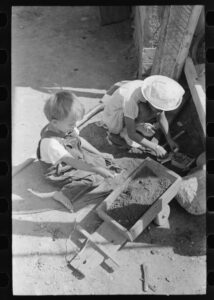
While many of the photos depict Taoseños gaily dancing and parading in various costumes and finery during these events, Taos Plaza has also been a place where events affecting the whole community took place. One photo depicts men being recruited for military service in World War II. While some may assume men in such a rural community far from the nation’s urban centers might not feel the swell of patriotic pride, Taos men were eager to join up and help in the war effort. Even men from Taos Pueblo, wearing their traditional blankets, stood ready to defend their ancient homeland from a foreign threat.
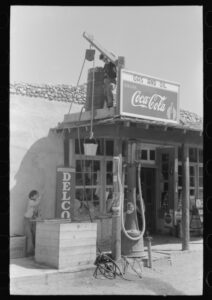
In modern times, Taos Plaza has become a center of visitor commerce, where shoppers stroll shops selling high end artwork, to Native-made jewelry, pottery, leatherwork, moccasins and drums, and various souvenirs.
Sharp-eyed folks may notice the American flag on the Plaza that flies day and night. During the Civil War, frontiersman Kit Carson and other locals nailed a flag to a pole in the Plaza after confederate sympathizers kept tearing it down. That effort led to Congress giving permission to keep the flag flying then and now.
In some ways it is a symbol of how Taos Plaza remains a vital part of the lives of Taoseños, who continue to see the Plaza not as a mall or just a tourist attraction, but theirs. It is where they like to dance, enjoy special occasions and even drive around and honk their horns in a self-styled wedding parade.
Taos Plaza lives.
